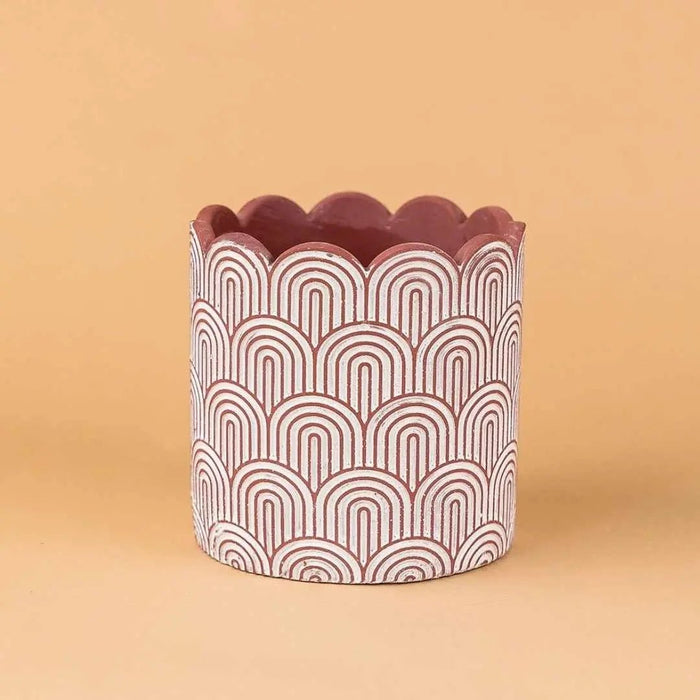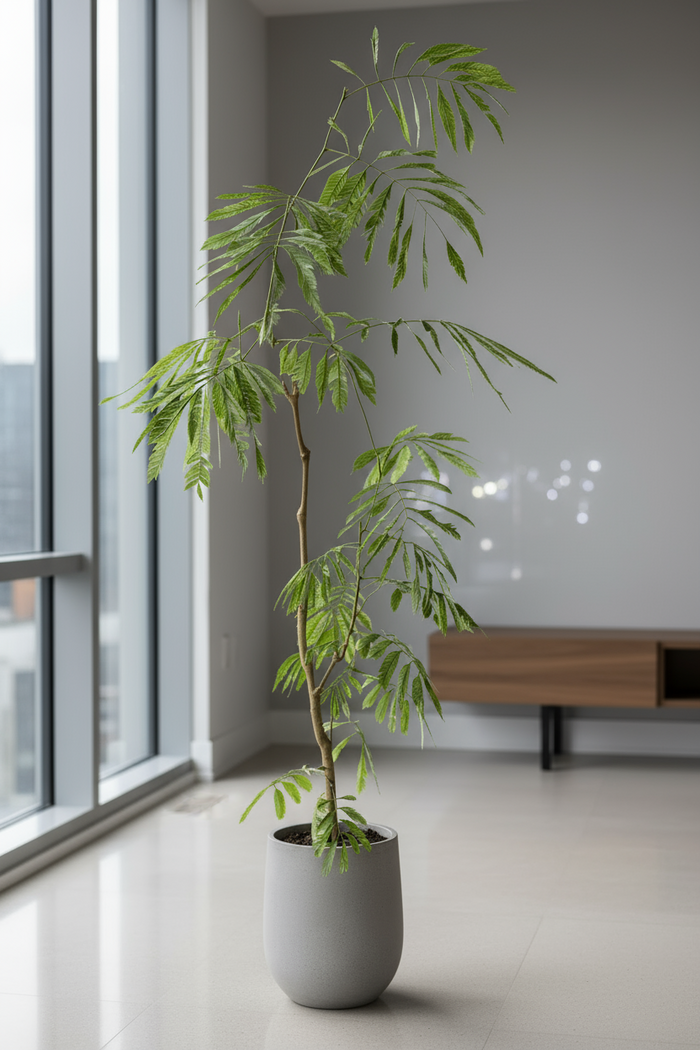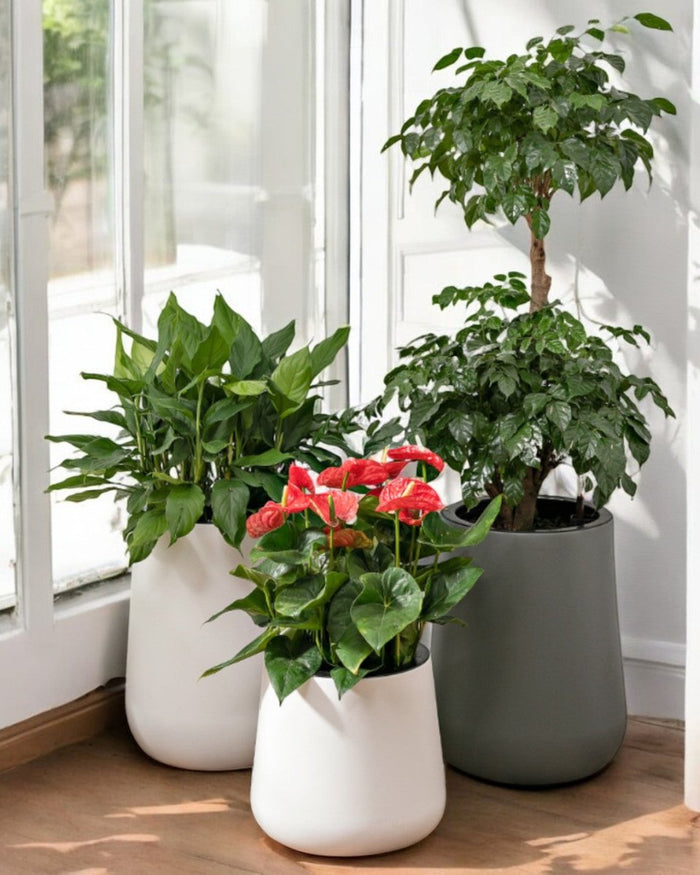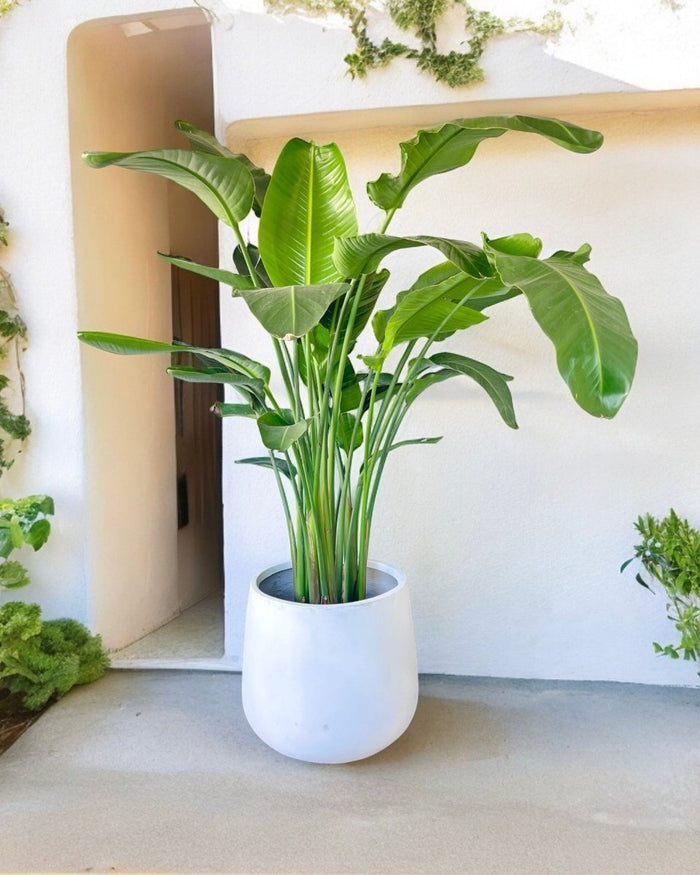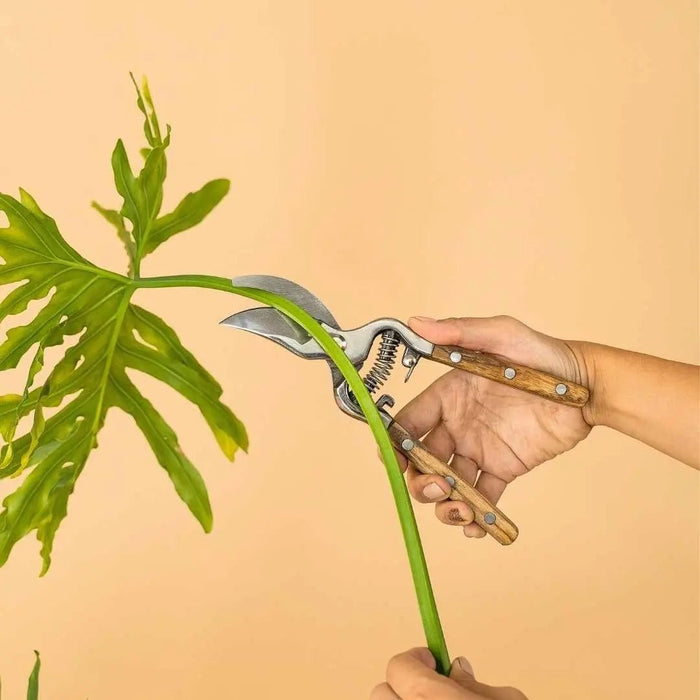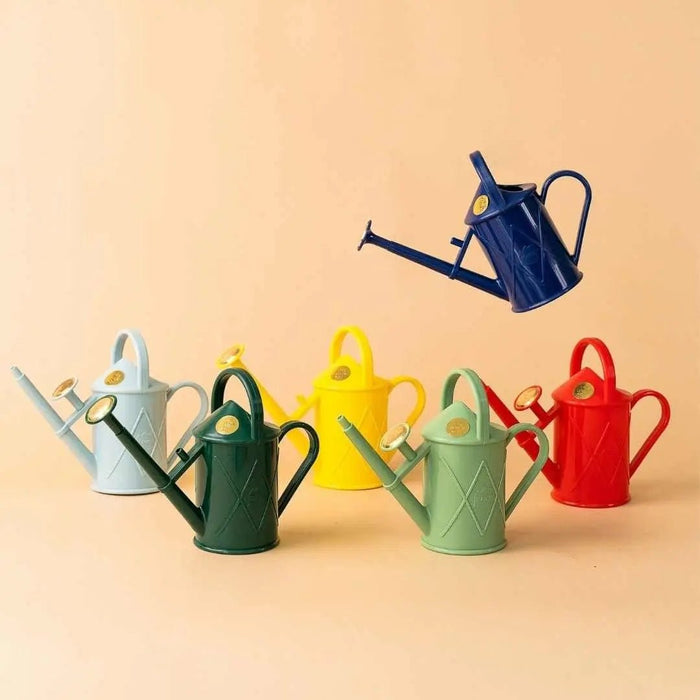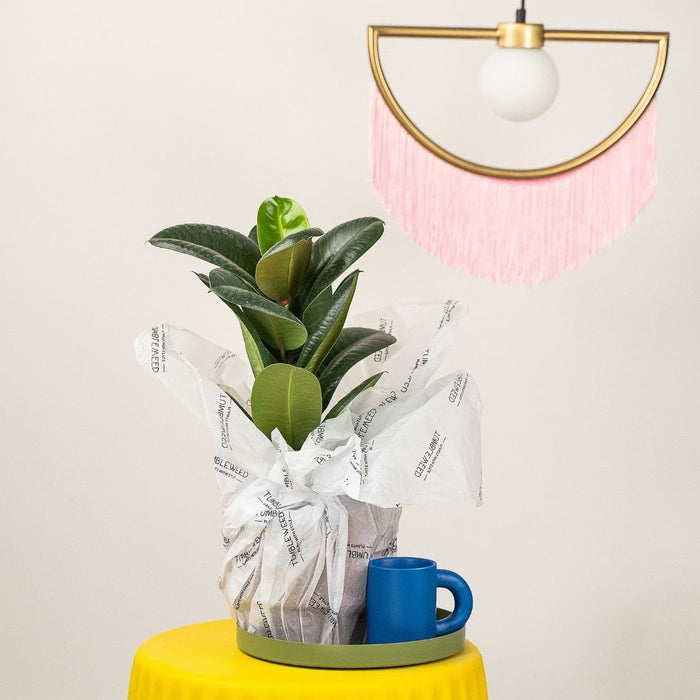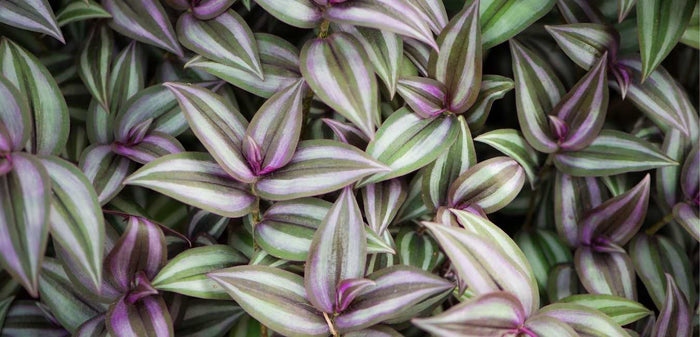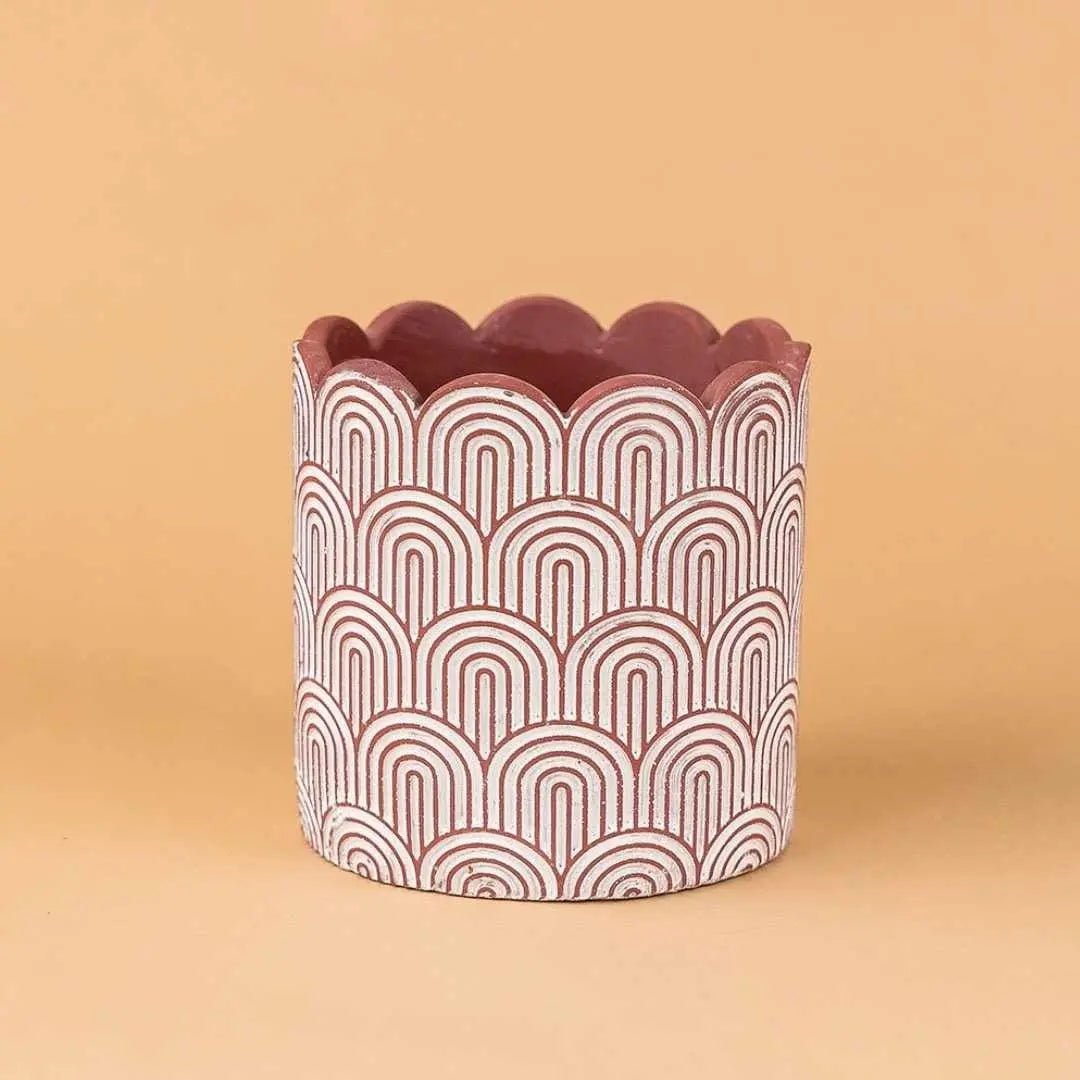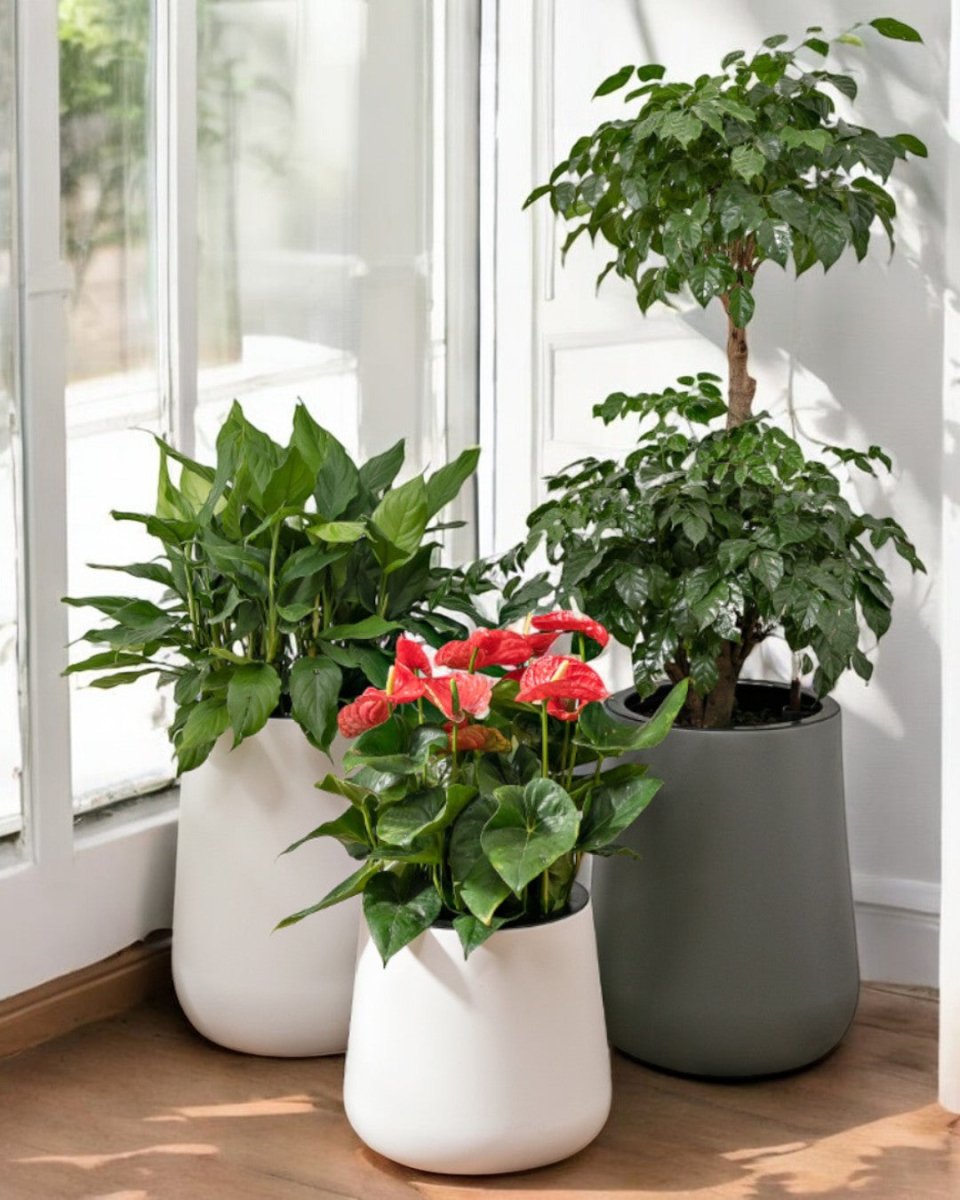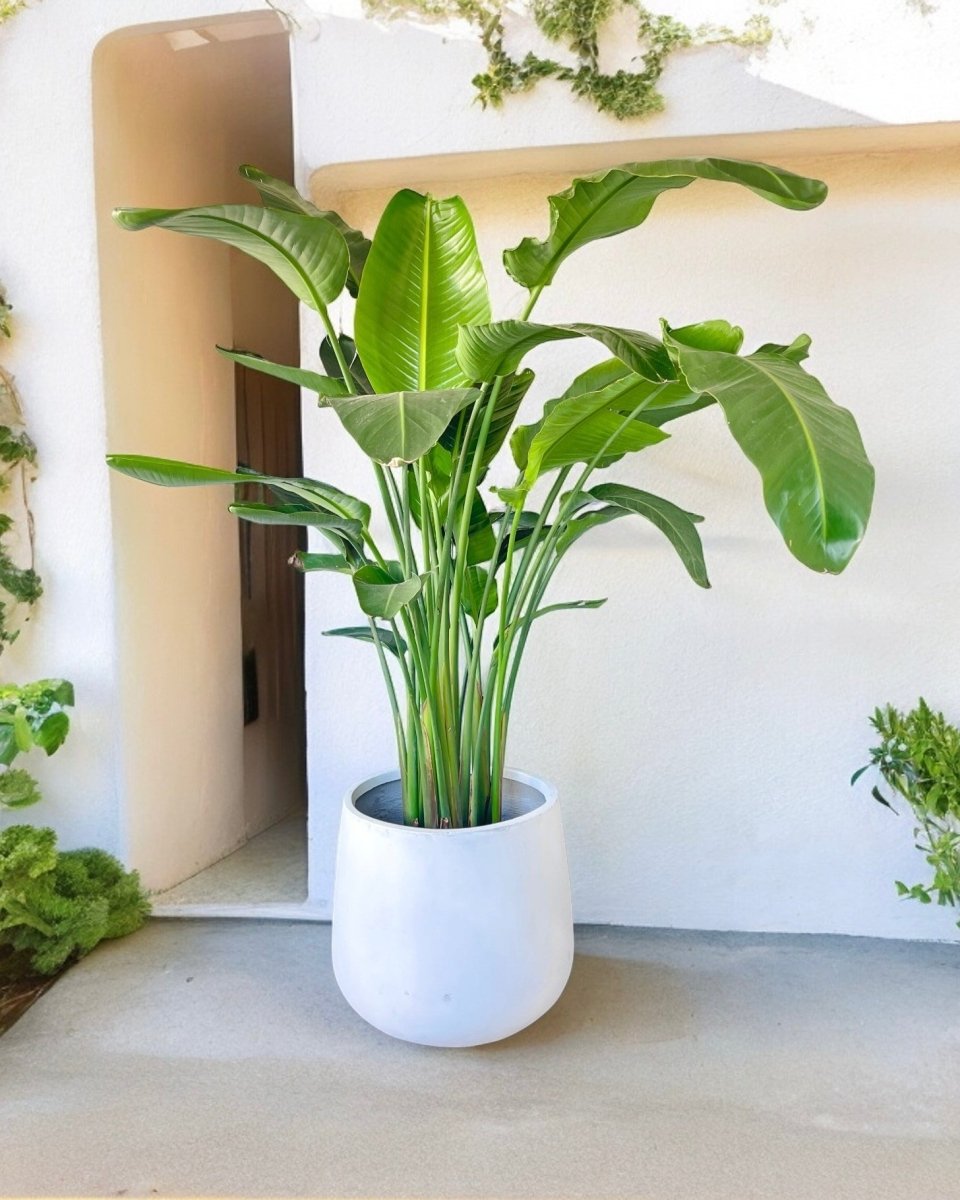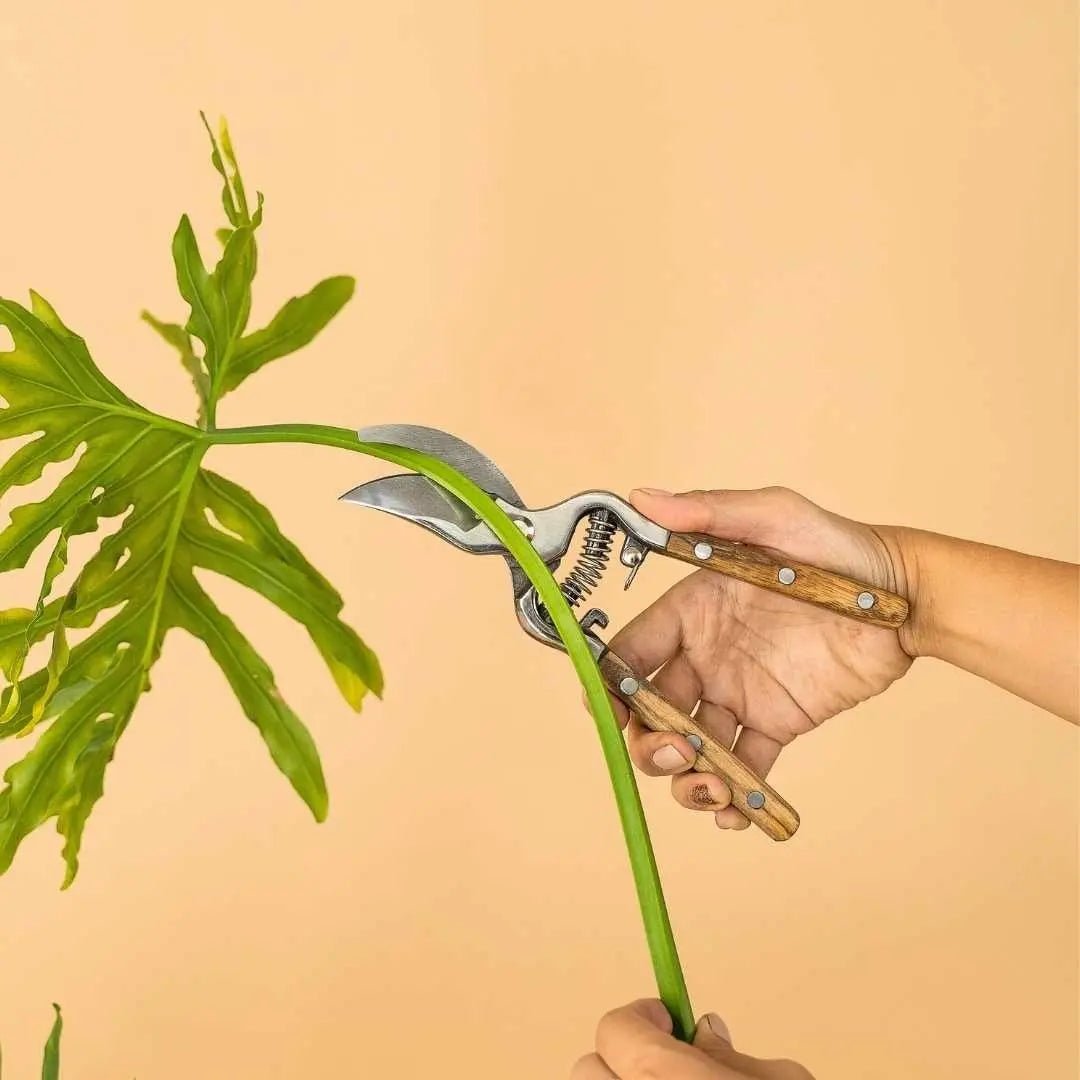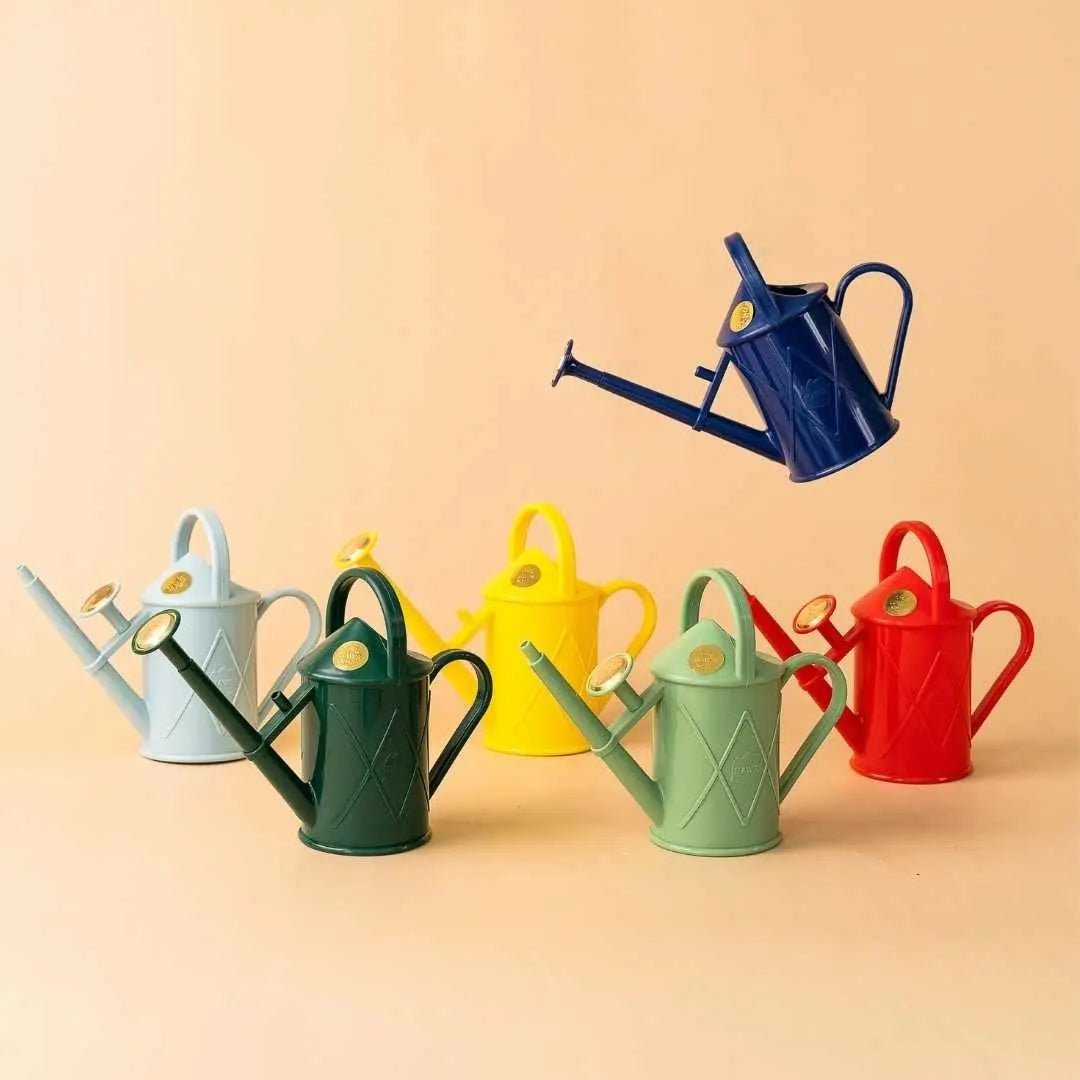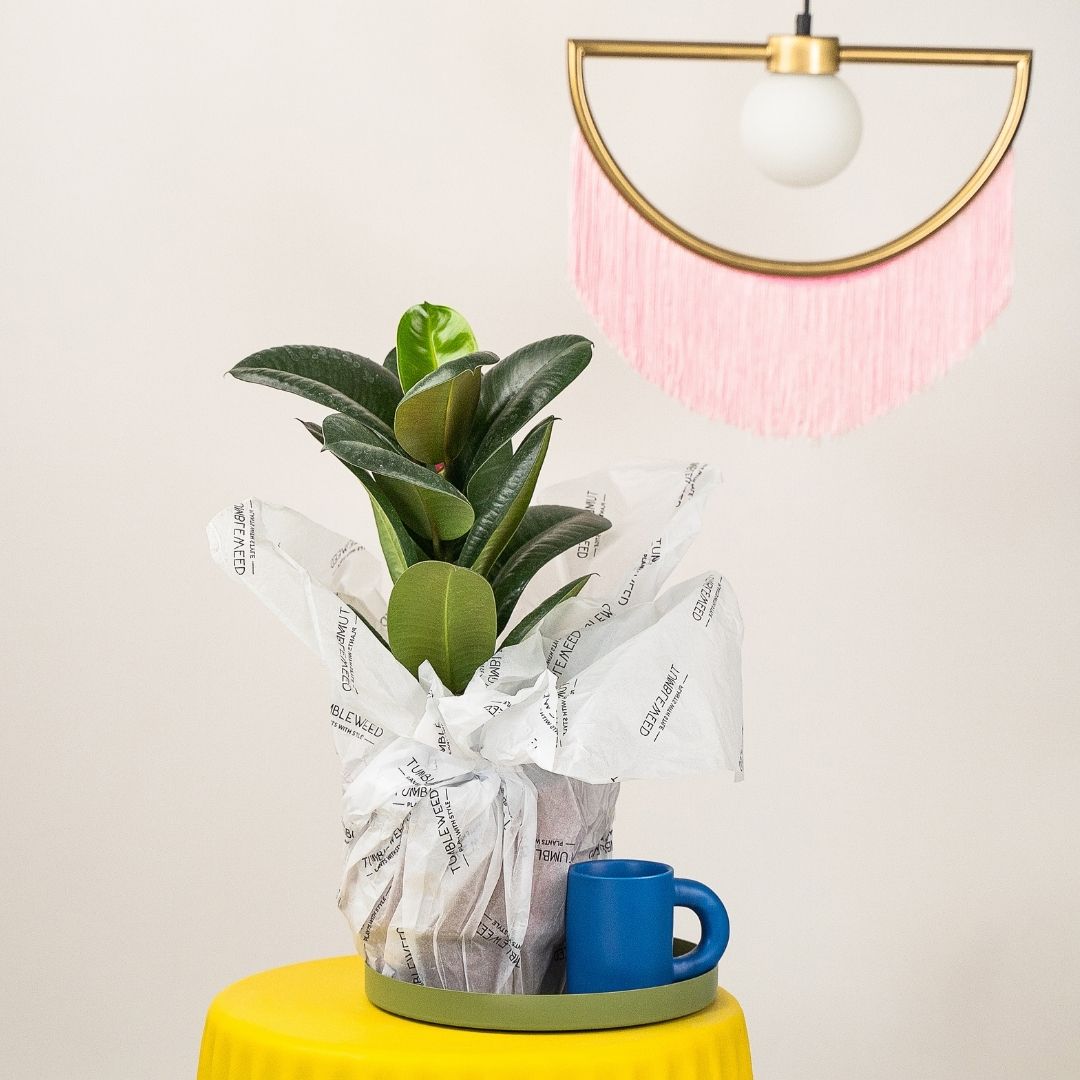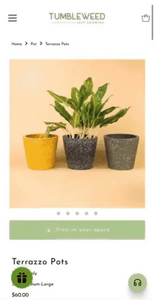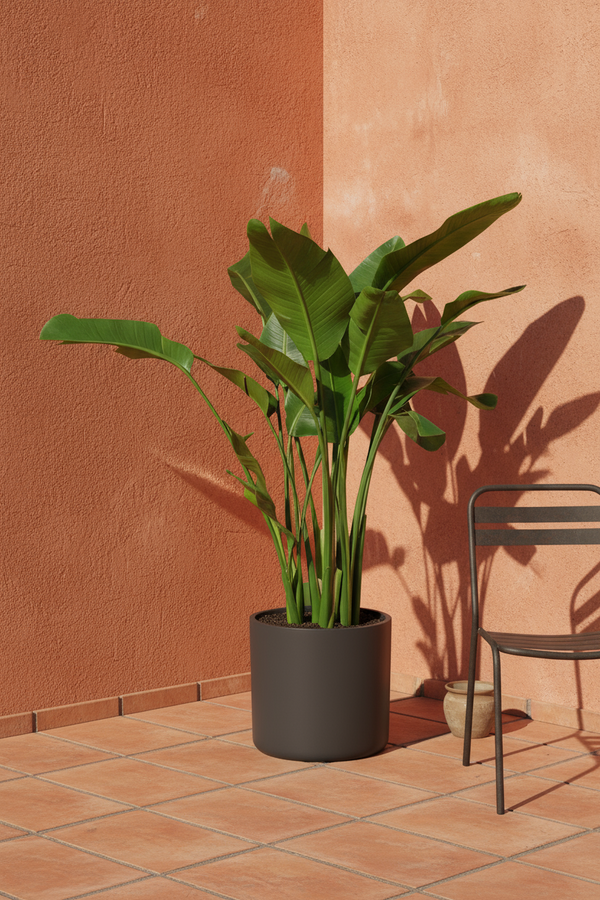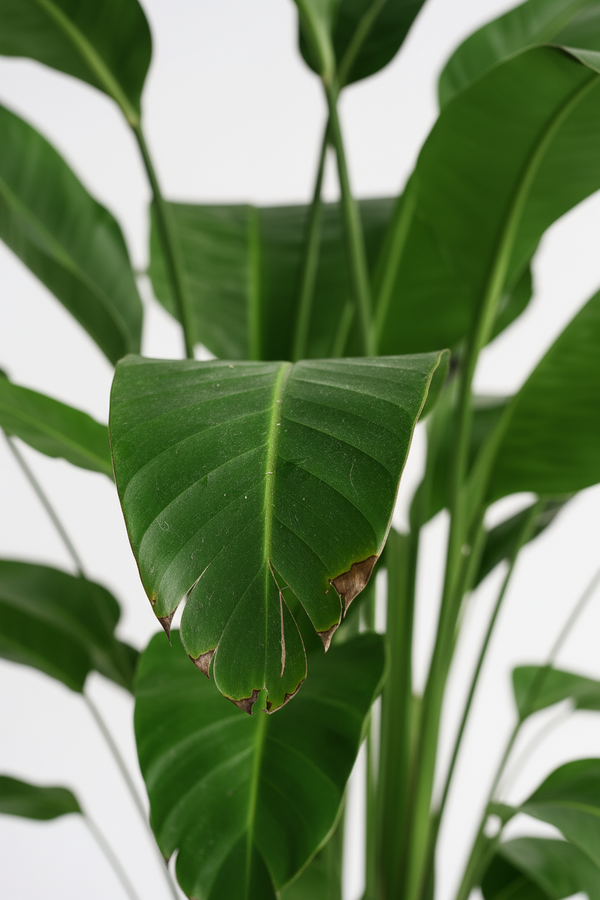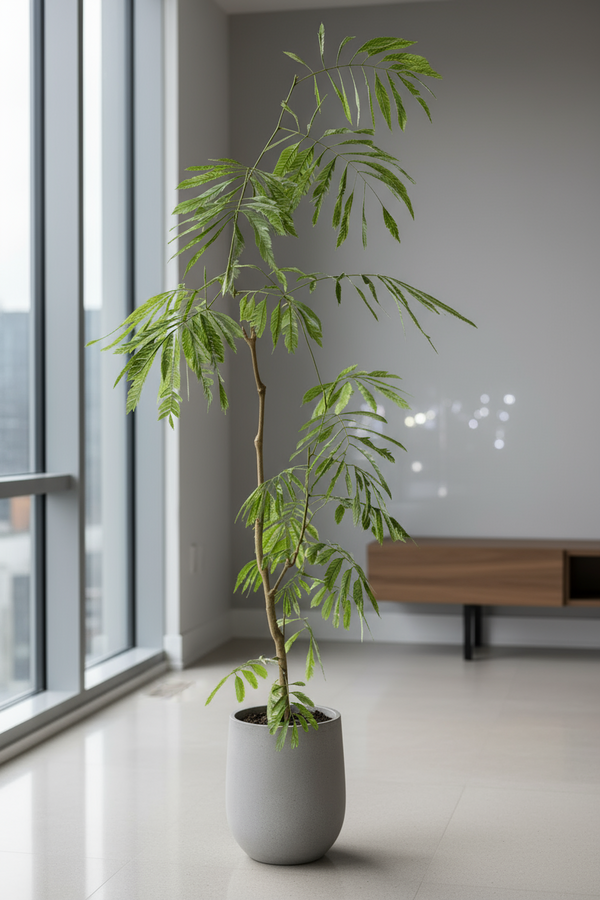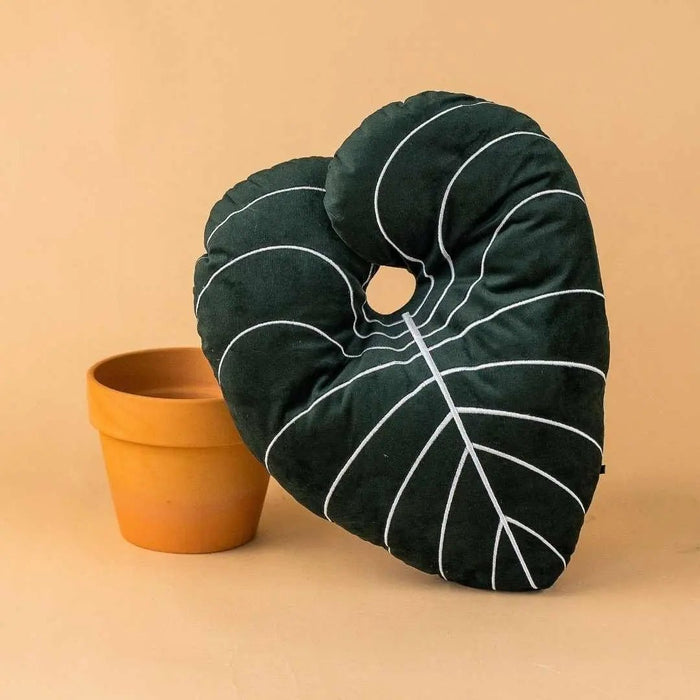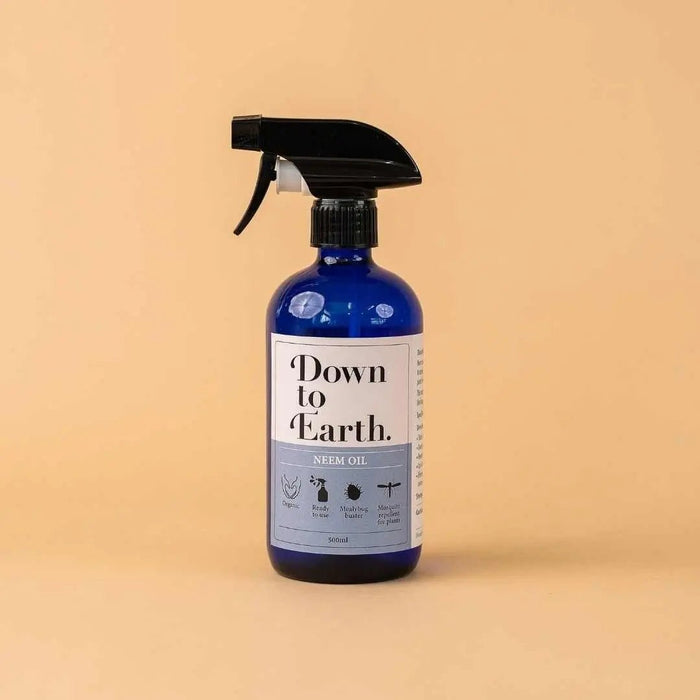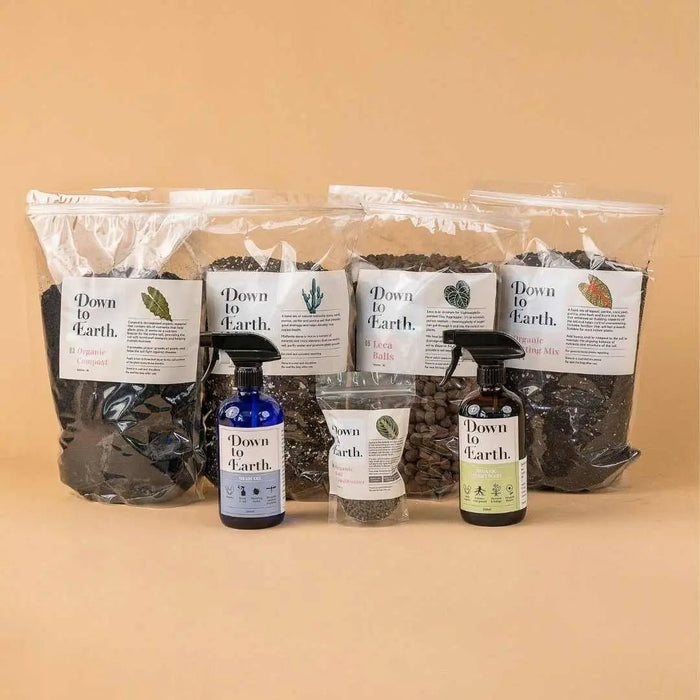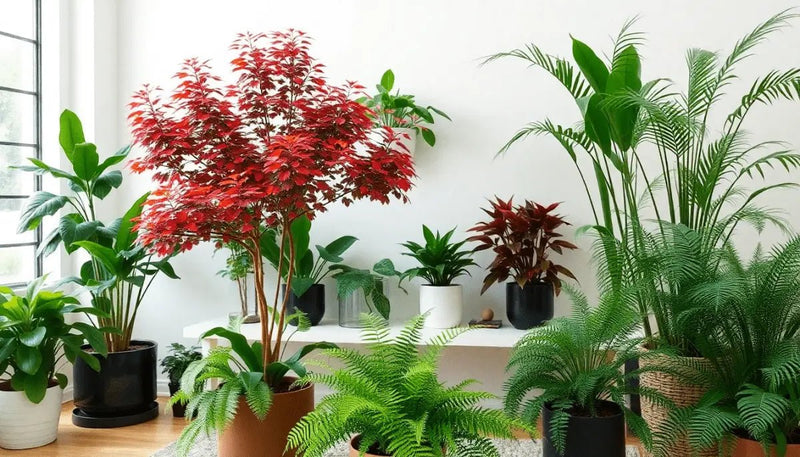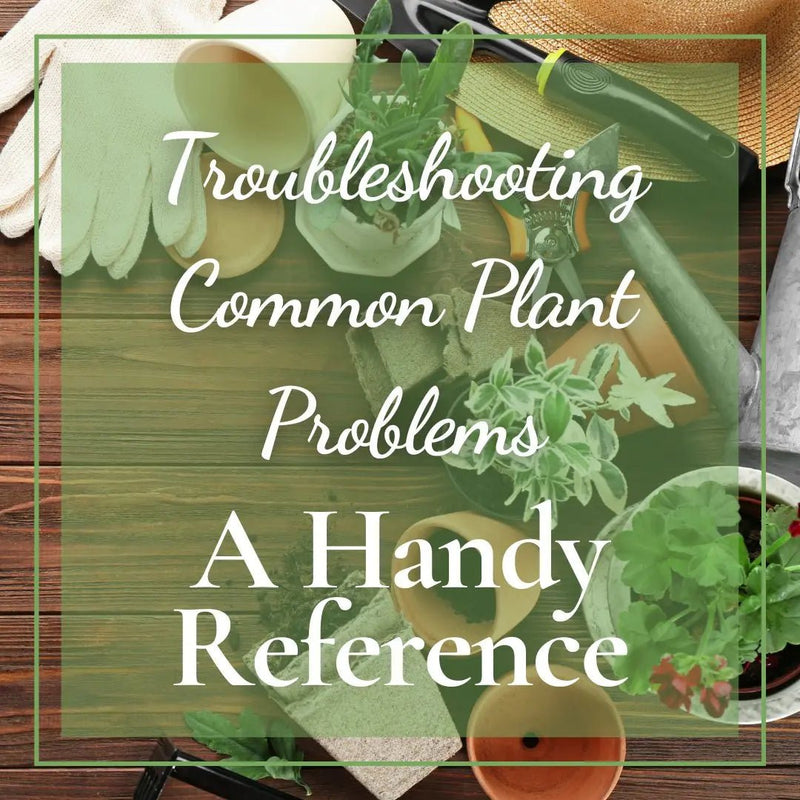Thai Basil: A Culinary Treasure and Wellness Herb in Southeast Asian Cuisine
Posted on August 29 2024

Thai Basil is an indispensable herb in Southeast Asian cuisine, revered for its unique flavour profile that marries sweet, spicy, and slightly peppery notes. This herb, known as 'horapa' in Thailand, plays a starring role in many iconic dishes across the region. Its distinctive licorice-like undertones make it a perfect addition to the rich, complex flavours found in Thai green curries, Vietnamese pho, and Laotian larb. Whether used fresh in salads or as a finishing touch in stir-fries, Thai Basil enhances the depth and aroma of any dish, transforming simple ingredients into an extraordinary culinary experience.
Beyond its traditional uses, Thai Basil has also found its place in modern fusion cuisine, where chefs creatively incorporate it into non-Asian dishes to add an unexpected burst of flavour. Imagine a classic Italian Caprese salad, reimagined with Thai Basil replacing the traditional sweet basil, lending a subtle spiciness to the mix of tomatoes, mozzarella, and balsamic vinegar. Its versatility extends to beverages as well, where Thai Basil-infused drinks, such as coolers and cocktails, offer a refreshing and aromatic twist. This adaptability makes Thai Basil not only a staple in Southeast Asian kitchens but also a favourite among global culinary enthusiasts.
Cultivating Thai Basil: A Guide for Singaporean Gardeners
Growing Thai Basil in Singapore is a rewarding endeavour, thanks to the country's tropical climate, which provides an ideal environment for this herb. With ample sunlight and warmth year-round, Thai Basil thrives outdoors, especially when it receives 6-8 hours of direct sunlight daily. For gardeners with space constraints, Thai Basil can also be grown successfully indoors, provided it is placed near a sunny window. Ensuring well-draining soil is crucial, as this herb prefers soil that is neither too wet nor too dry. Regular watering is essential, but the soil should be allowed to dry slightly between waterings to prevent root rot.
For those opting to grow Thai Basil in pots, choosing containers with proper drainage is key to avoiding waterlogging, which can damage the roots. Regular trimming encourages bushier growth and delays flowering, ensuring a continuous supply of fresh leaves. Additionally, incorporating organic matter into the soil before planting can enhance the herb’s growth by providing essential nutrients. Whether planted in a garden bed or a small pot on a balcony, with the right care, Thai Basil can flourish in Singapore’s climate, offering a fresh and aromatic addition to your homegrown herb collection.
Harvesting and Preserving Thai Basil: Maximizing Freshness and Flavor
To fully enjoy Thai Basil’s vibrant flavor, it’s important to harvest it at the right time. The best time to pick Thai Basil is in the morning when its essential oils are most concentrated, ensuring the most robust flavor and aroma. Focus on harvesting the younger stems before they begin to flower, as this is when the leaves are at their peak. Regularly harvesting the leaves not only provides you with fresh herbs for your kitchen but also promotes healthier, bushier plant growth by preventing the plant from diverting energy into flowering.
Preserving Thai Basil allows you to extend its culinary use beyond the growing season. One simple method is to store fresh leaves in a jar of water, much like you would with fresh flowers, to keep them usable for a longer period. For longer-term storage, freezing is an effective method; the leaves can be frozen whole or chopped in ice cube trays with a little water, retaining much of their original flavor when thawed. Drying is another option—simply hang the stems upside down in a cool, well-ventilated area, and once dried, store the leaves in an airtight container. These preservation techniques ensure that the vibrant taste of Thai Basil is always at hand, ready to elevate your dishes year-round.
Thai Basil vs. Holy Basil: Understanding the Differences
While Thai Basil and Holy Basil both belong to the Lamiaceae family, they are distinct in both flavor and use. Thai Basil, with its purple stems and licorice-like flavor, is primarily used in Southeast Asian cuisines. It imparts a sweet, aromatic essence to dishes such as Thai green curry and Vietnamese pho, making it a key ingredient in these regional specialties. Holy Basil, or 'Tulsi,' on the other hand, is a cornerstone of Indian cuisine and Ayurvedic medicine. Its strong, peppery taste is vastly different from the milder, sweeter Thai Basil, lending warmth and spice to dishes like Tulsi tea and traditional Indian curries.
Medicinally, Holy Basil holds a more prominent place, especially in Ayurvedic practices where it is revered for its health benefits, including stress relief, improved respiratory health, and enhanced immunity. Thai Basil, while also possessing medicinal properties, is primarily valued for its culinary applications. However, it does contain eugenol, a compound known for its antioxidant and anti-inflammatory properties. This makes Thai Basil a valuable, though less celebrated, herb in traditional healing practices. Understanding the distinct characteristics and uses of these two herbs allows for a more informed choice depending on your culinary or wellness needs.
Commercial Availability and Market Demand for Thai Basil in Singapore
Thai Basil is widely available in Singapore, reflecting the herb’s integral role in the local culinary landscape. It can be found in a variety of locations, from traditional wet markets like Tekka Market, where fresh herbs are sold daily, to larger supermarket chains such as Cold Storage and NTUC FairPrice. This widespread availability ensures that both home cooks and professional chefs have easy access to fresh Thai Basil whenever they need it. Additionally, specialty grocers and online platforms like RedMart and Amazon Fresh offer convenient options for purchasing high-quality Thai Basil, often providing organic or locally grown varieties.
The demand for Thai Basil in Singapore has been growing steadily, driven by the increasing popularity of Southeast Asian cuisine and a rising interest in healthier, more natural ingredients. The herb's unique flavor and versatility make it a favorite in a wide range of dishes, from traditional recipes to modern fusion cuisine. The growing trend towards home cooking, particularly during and after the COVID-19 pandemic, has also boosted demand for fresh herbs, with Thai Basil being a top choice. This demand, coupled with its easy availability, highlights Thai Basil’s prominent position in Singapore’s culinary market.
Health Benefits of Thai Basil: Beyond Culinary Uses
Thai Basil is not just a flavorful addition to your dishes; it also offers a range of health benefits that make it a valuable herb for overall wellness. Rich in essential nutrients like vitamin K and manganese, Thai Basil contributes to bone health, blood clotting, and metabolic processes. The herb is also packed with antioxidants, which help combat oxidative stress and reduce inflammation in the body. In traditional medicine, Thai Basil is believed to possess antibacterial properties, making it useful in treating minor infections and promoting overall health.
Beyond its nutritional content, Thai Basil is used in natural remedies for its purported calming and stress-relieving effects. The essential oils in Thai Basil, particularly eugenol, are known for their anti-inflammatory and pain-relieving properties. Incorporating Thai Basil into your diet can therefore support not only your culinary endeavors but also your health, offering a natural way to boost immunity, manage stress, and enhance your overall well-being.
Whether through its use in cooking or as part of a holistic approach to health, Thai Basil proves to be a versatile and beneficial herb that goes far beyond its culinary applications.



